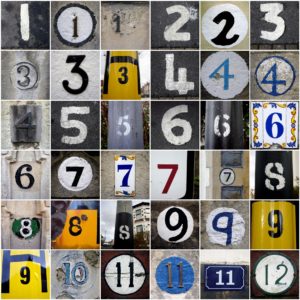April is the month that packages usually arrive, over-wintered colonies need attention, and nectar and pollen sources are abundant.
 If you are installing new packages make sure to provide frames of capped honey or 1:1 syrup for them. It isn’t unusual in the northwest to have cold snaps or several days of steady rain in which case the bees cannot forage. Robbing also occurs, so use an entrance reducer at each hive. Feed until the frames in the brood nest (2 deeps or 3 westerns) are fully drawn.
If you are installing new packages make sure to provide frames of capped honey or 1:1 syrup for them. It isn’t unusual in the northwest to have cold snaps or several days of steady rain in which case the bees cannot forage. Robbing also occurs, so use an entrance reducer at each hive. Feed until the frames in the brood nest (2 deeps or 3 westerns) are fully drawn.
Honey stores in surviving hives can be checked merely by lifting one end of the hive to estimate its weight. Colonies short of food will be very light and easy to lift. If the outside temperature is above 55 ºF and the bees are flying open the hive to check the honey stores. If 2 or 3 frames close to the sides of the hive are full of honey, supplementary feeding is probably not necessary. Check the hives again in two weeks. If honey stores are low feed with a 1:1 syrup.
If medicating in the spring, remove per manufacturer’s directions before adding supers so that honey is chemical free. Our climate here in the Pacific Northwest makes autumn a much better time to medicate.
Consider increasing bee forage in your garden or apiary. PSBA prepared a list of perennials, annuals, trees, and shrubs that are of interest to honey bees.
Plan ahead by researching what to do with weak colonies that survived the winter.
Nectar Sources in April include: dandelion, clover, maple, raspberries, heather, and apple. Pollen is supplied by scotch broom, crocus, and alder.